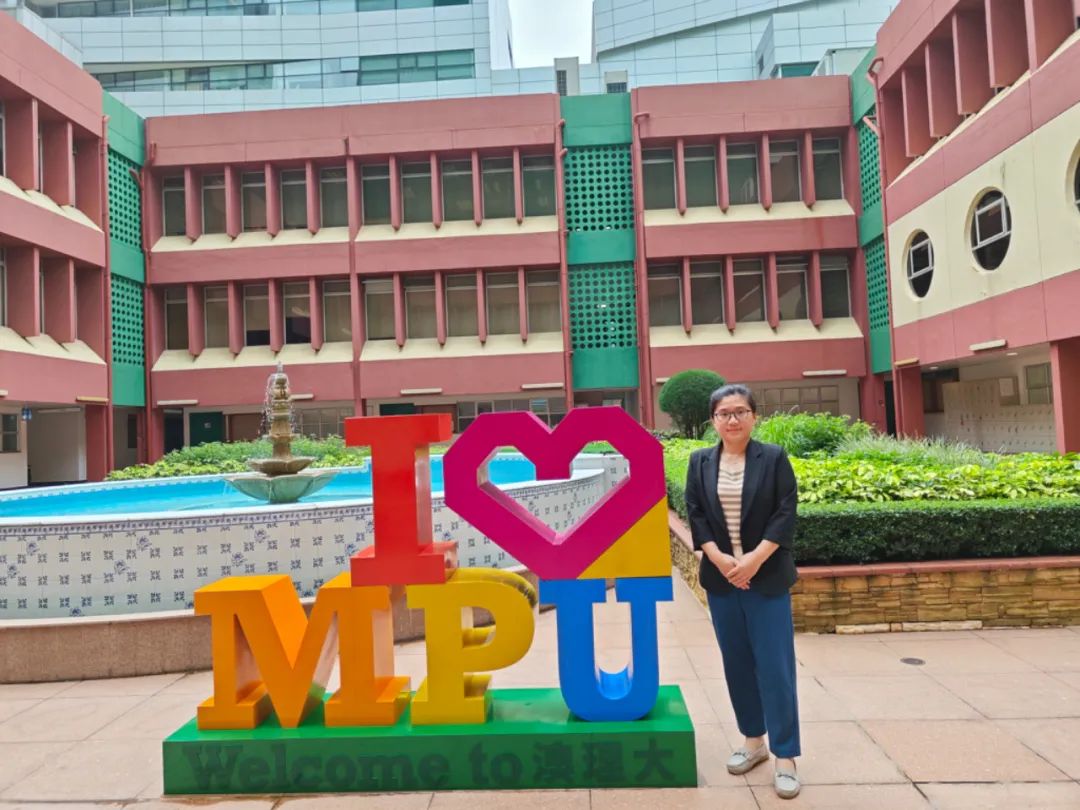"Informed AI News" is an AI-curated publications aggregation platform, ensuring you access only the most valuable information, with the aim of eliminating the information gap and transcending the confines of information cocoons. Find out more >>
AI Model MSSC-BiMamba Enhances Sleep Disorder Diagnosis Efficiency
- summary
- score

An AI model developed by a team led by Professor Guo Jingjing at Macau Polytechnic University, named MSSC-BiMamba, is proficient in analyzing polysomnography (PSG) data. PSG, recognized as the gold standard for sleep monitoring, records brain waves, eye movements, and heart rate to evaluate sleep stages and disorders.
Model Breakdown
MSSC-BiMamba integrates efficient channel attention mechanisms with a bidirectional state space model, termed BiMamba, which effectively captures complex, long-range dependencies in PSG data, essential for precise sleep staging and disorder detection.
Impact and Applications
With a lightweight design featuring only 0.47M parameters, the model facilitates rapid analysis, making it suitable for deployment on various platforms. Its applications include:
- Clinical Aid: Reducing the manual workload of PSG analysis, enhancing diagnostic speed and accuracy.
- Remote Healthcare: Allowing at-home sleep monitoring with remote data analysis by physicians.
- Personalized Sleep Improvement: Providing customized advice based on analyzed sleep data.
- Research and Drug Development: Automating large-scale sleep data analysis to assist in evaluating the effects of new medications on sleep.
Future Directions
The team aims to improve the model's generalizability and efficiency across different datasets, refine diagnostic criteria for various sleep disorders, and develop an interactive online platform for personalized sleep analysis.
Insight
This innovation not only simplifies the diagnosis of sleep disorders but also broadens access to advanced sleep analysis, potentially enhancing public health by addressing a common yet frequently neglected aspect of well-being.
| Scores | Value | Explanation |
|---|---|---|
| Objectivity | 5 | Content provides a balanced overview of the AI model's capabilities and potential applications. |
| Social Impact | 4 | The model could significantly influence public health by improving sleep disorder diagnosis. |
| Credibility | 5 | Content is credible, based on research and development by a university team. |
| Potential | 5 | High potential to trigger significant improvements in healthcare and public health. |
| Practicality | 5 | Model is practical and can be directly applied in clinical and research settings. |
| Entertainment Value | 2 | Content is informative but lacks direct entertainment value. |